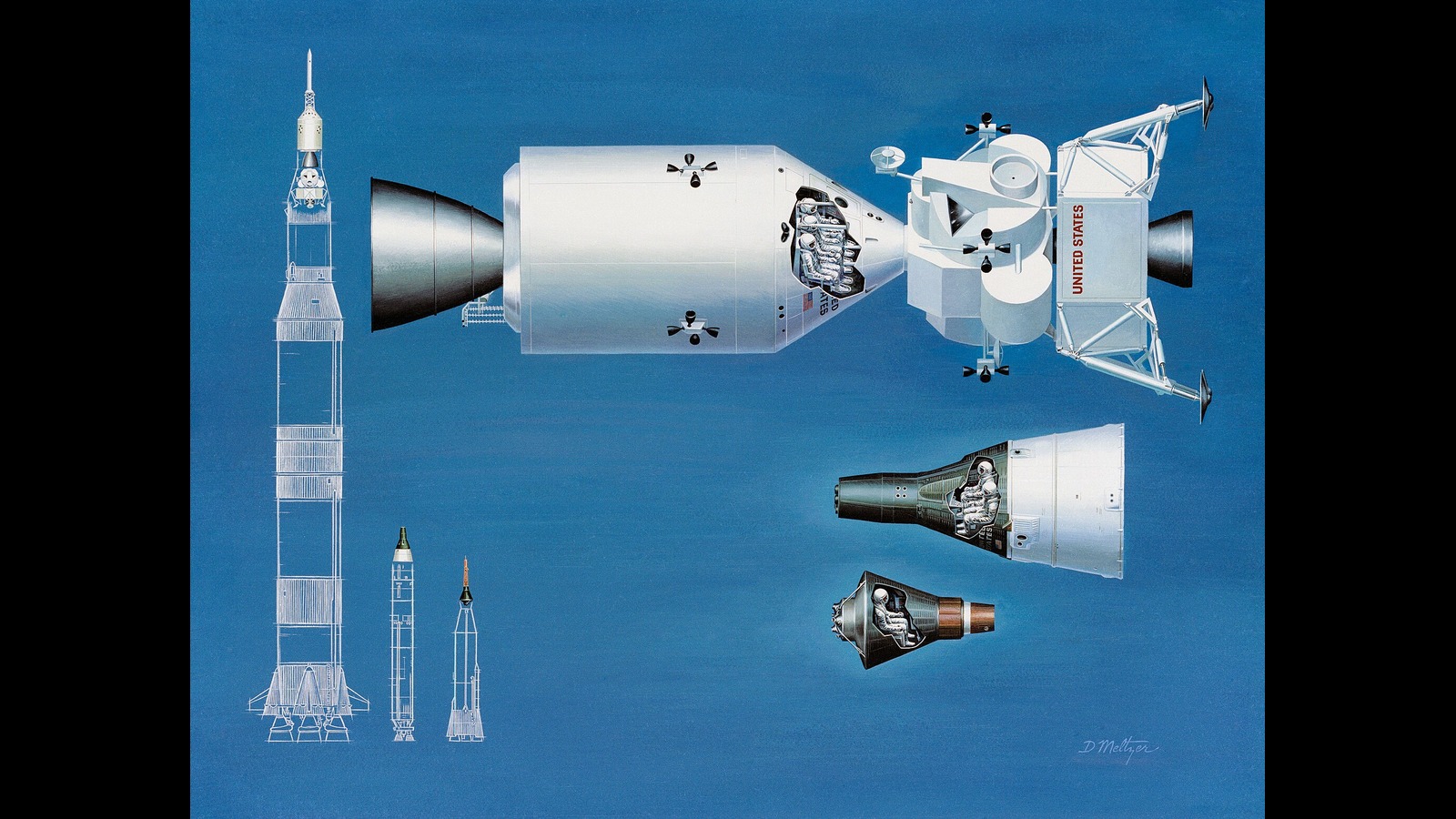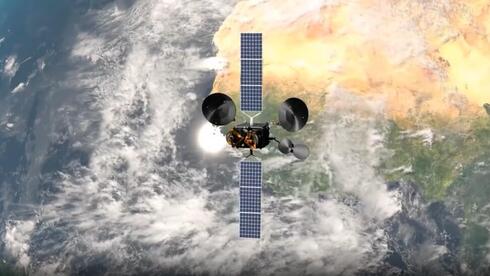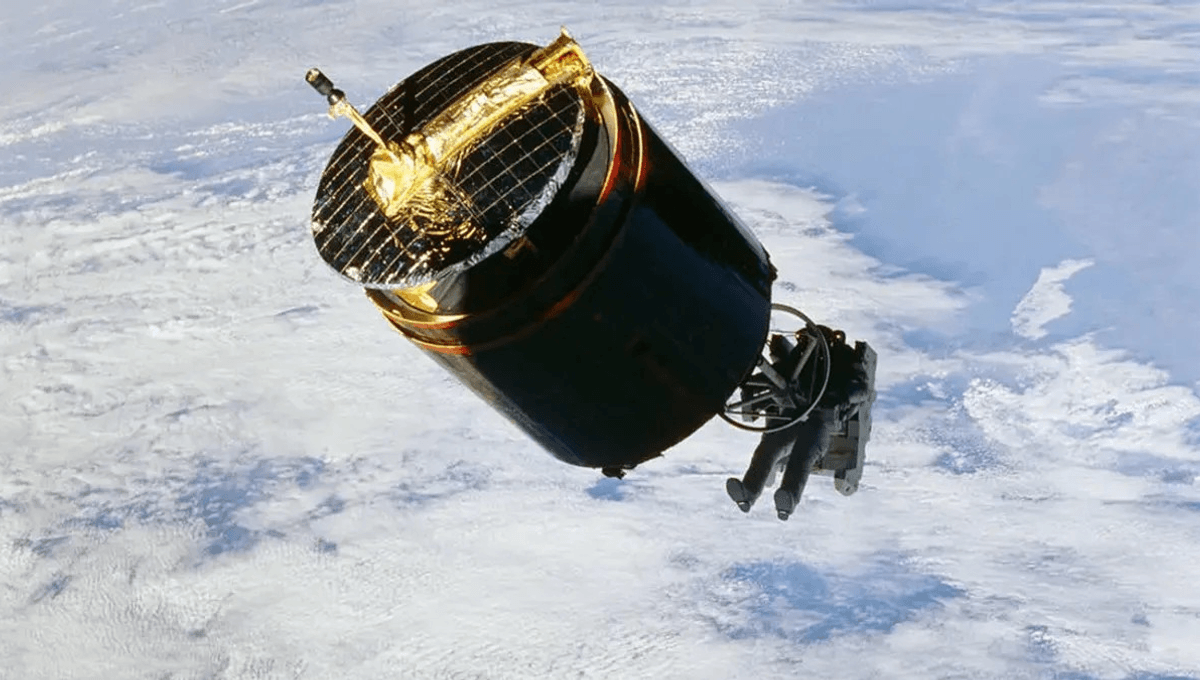T4K3.news
NASA's AI satellite successfully operates independently
NASA's AI pilot program allows a satellite to dodge clouds and decide on ground images without human input.

NASA's new AI technology allows a satellite to make decisions independently.
NASA's AI satellite demonstrates new autonomous capabilities
NASA is testing a new onboard AI technology that enables Earth-observing satellites to decide autonomously whether to capture images. In a recent trial, the satellite detected clouds in its path and determined, within 90 seconds, whether to take a ground image without assistance from mission control. This innovative approach, called Dynamic Targeting, was developed at NASA’s Jet Propulsion Laboratory and aims to enhance how satellites prioritize data collection. The initial test involved a CubeSat named CogniSAT-6, which successfully avoided cloud-covered areas to optimize its imaging. The long-term vision for this technology includes seeking out weather patterns, such as severe storms and wildfires, thereby expanding its applications.
Key Takeaways
"The idea is to make the spacecraft act more like a human."
Steve Chien explains the goal behind Dynamic Targeting.
"If you can be smart about what you’re taking pictures of, then you only image the ground and skip the clouds."
Ben Smith highlights the practical benefits of the new AI system.
The development of Dynamic Targeting marks a significant shift in satellite technology, pushing toward more autonomous systems. As satellites begin to act more like humans in decision-making, the potential applications become vast. The ability to skip non-useful data not only saves resources but also allows for more effective monitoring of critical events on Earth. However, the complexity of implementing this technology on a broader scale remains a hurdle, particularly in terms of ensuring accuracy in real-time data processing. A successful transition to multiple satellite cooperation could revolutionize how we observe and respond to natural phenomena, indicating a future where intelligent satellite networks create comprehensive environmental insights.
Highlights
- AI is making satellites as smart as humans.
- Skipping clouds means saving valuable data resources.
- The future of satellite observation is autonomous and intelligent.
- Dynamic targeting could change how we monitor the Earth.
Potential risks in advanced satellite AI technology
The implementation of AI in satellite technology may lead to challenges in data accuracy and public concerns about its applications in monitoring. As satellites become more autonomous, ensuring they operate reliably under various conditions is critical, which could result in backlash from stakeholders if not managed properly.
The development of autonomous satellite technology suggests a promising future for space exploration and environmental monitoring.
Enjoyed this? Let your friends know!
Related News

AI shows strong performance in spacecraft competition

Israel launches first state-owned communications satellite

NASA astronaut recovers satellites in untethered spacewalk

Worker injury rates at SpaceX Starbase are alarmingly high

NASA Keeps Eye on Earth's Magnetic Anomaly

NASA Successfully Revives Juno Camera after Radiation Damage

OpenAI's acquisition of Windsurf collapses

Fartcoin gains attention in crypto community
